As colder weather approaches, facility managers should take time to ensure their systems are ready for the months ahead. Routine maintenance now can prevent costly downtime later. While every building has unique needs, this seasonal checklist highlights core areas worth reviewing before temperatures begin to drop. Be sure that all electrical inspections and repairs are handled by qualified professionals unless your staff is properly trained.
Heating System Readiness
Your heating system will work hard once winter sets in, so early preparation is key. Most commercial buildings rely on boilers or rooftop units (RTUs), while others may use heat pumps or VAV boxes. Before temperatures drop:
- Ensure vents and returns are unobstructed to maintain airflow.
- Clean or replace air filters.
- Test thermostats and controllers for accurate operation.
- Test overall system operation for heating and dehumidification equipment, including temperature sensors & transmitters
- Check glycol-to-water ratios in applicable systems to prevent freezing.
Boilers and Rooftop Units
Boilers and RTUs are critical to building comfort and efficiency. Inspecting these systems early helps prevent mid-season breakdowns. Key maintenance steps include:
- Check Freezestats (low temperature controls) so you don’t freeze a coil. Kele stocks several along with the spray to test them. Check out the TSA-TF142 Series, and the A/FS-XX Series.
- Tighten all electrical connections and inspect fan and drive belts.
- Clean scale and debris from the burner assembly.
- Check fan motors, bearings, pulleys, and housings for wear; lubricate as needed.
- Verify proper operation of safety controls and overrides.
- Measure amp draw on fans and compressors to confirm efficient performance.
- Inspect heat exchangers for cracks or corrosion.
Electrical Systems
Cold weather increases power demand across facilities, making electrical upkeep essential. To reduce risks and ensure reliability:
- Test circuit breakers to confirm they’re functioning correctly.
- Inspect electrical wiring for fraying, corrosion, or other damage.
- Test electrical outlets, switches, and appliances for safe operation.
- Document any issues for timely repairs by qualified personnel.
Emergency Power Sources
Backup power systems are vital during outages and winter storms. Regular testing ensures they’re ready when you need them. To maintain dependable emergency power:
- Perform unloaded generator tests weekly and loaded tests monthly.
- Complete quarterly maintenance inspections.
Plumbing and Water Systems
Freezing temperatures can lead to major plumbing issues if not addressed in advance. Prevent problems with these steps:
- Check insulation on pipes, replacing any that are worn or missing.
- Test faucets, drains, and toilets for proper flow and operation.
- Drain outdoor faucets and irrigation lines, leaving valves open.
- Confirm shut-off valves are working correctly.
- Set thermostats to at least 55°F when buildings are unoccupied.
- Install leak detection sensors in high-risk areas like mechanical rooms, restrooms, and near HVAC systems. Check out the WD-2PR and the WD-2.
Safety and Lighting
Safety and visibility are especially important during shorter winter days. Before the season begins:
- Check all interior and exterior lighting for proper function.
- Replace burnt-out or dim bulbs and clean fixtures as needed.
- Test exit and emergency lighting for automatic activation.
- Inspect fire alarms, extinguishers, and sprinkler systems.
- Ensure doors, windows, and fire exits are unobstructed.
- Review winter emergency plans with your team.
Complete Your Winter Checklist
Before wrapping up your seasonal maintenance, take a few final steps to protect your facility:
- Inspect roofs and gutters for damage or debris buildup.
- Clear exterior walkways and check for trip hazards.
- Prepare snow and ice removal plans before the first freeze.
A few preventative measures now can prevent costly issues later. For dependable sensors, thermostats, and building automation components, Kele has the solutions to keep your facility operating efficiently all winter long. Visit kele.com to explore products or connect with our team for expert support.

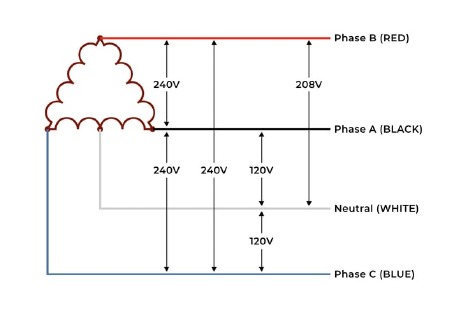

 Let’s say you want to connect the delta configuration to our TR50VA015. If you wanted to connect 120 Vac to the primary, you would connect your neutral (WHITE) to the transformer Comm (Blk). Then you would either connect phase A or C (BLACK or BLUE) to the 120 Vac tap on the transformer (Wht). If you wanted to use 240 Vac on the primary, you would take any two of the three phases and connect them to the orange and black wires on the transformer. It doesn’t matter which phase goes to which wire.
Let’s say you want to connect the delta configuration to our TR50VA015. If you wanted to connect 120 Vac to the primary, you would connect your neutral (WHITE) to the transformer Comm (Blk). Then you would either connect phase A or C (BLACK or BLUE) to the 120 Vac tap on the transformer (Wht). If you wanted to use 240 Vac on the primary, you would take any two of the three phases and connect them to the orange and black wires on the transformer. It doesn’t matter which phase goes to which wire.
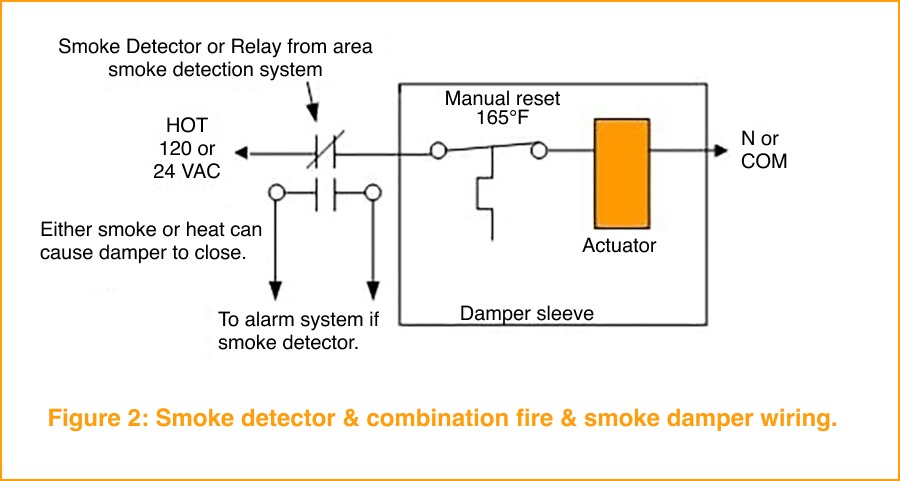
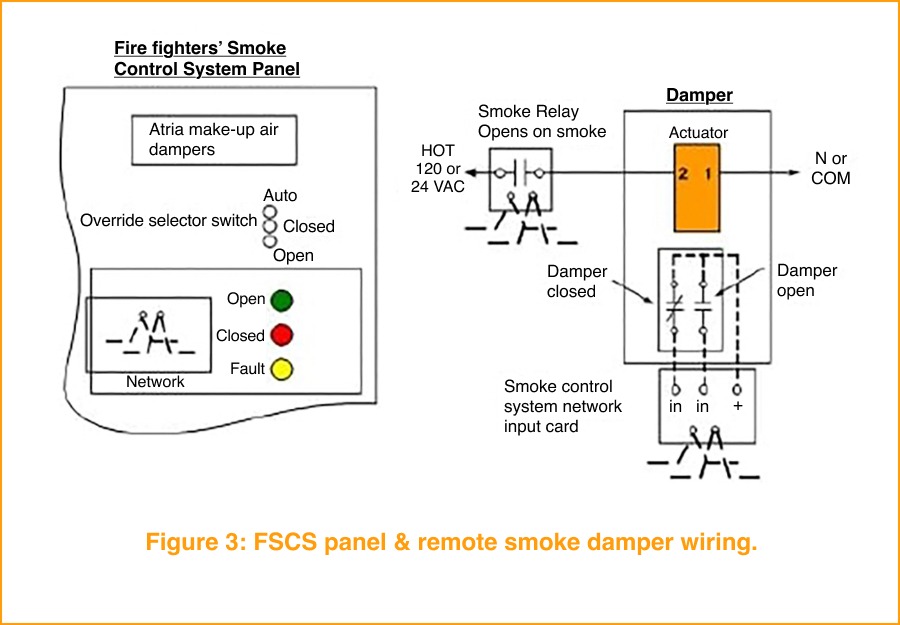
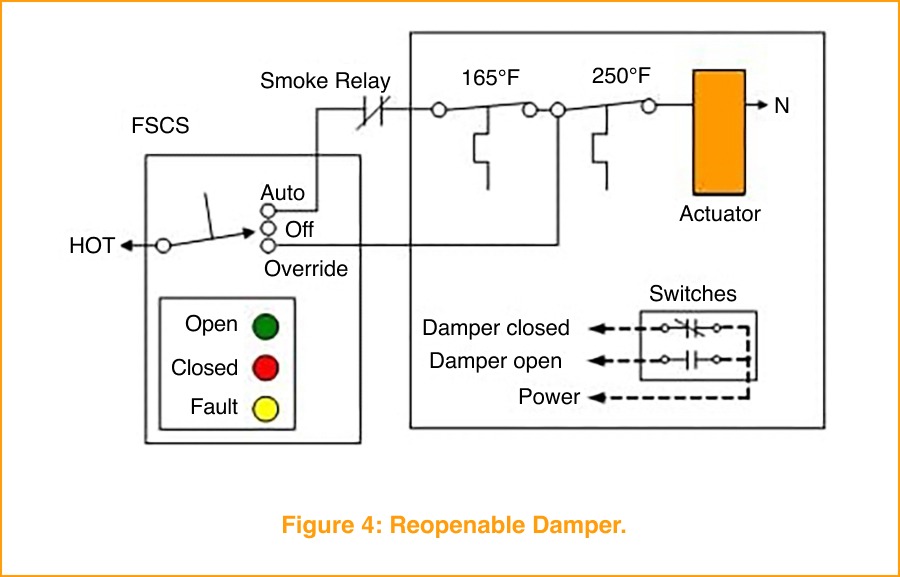
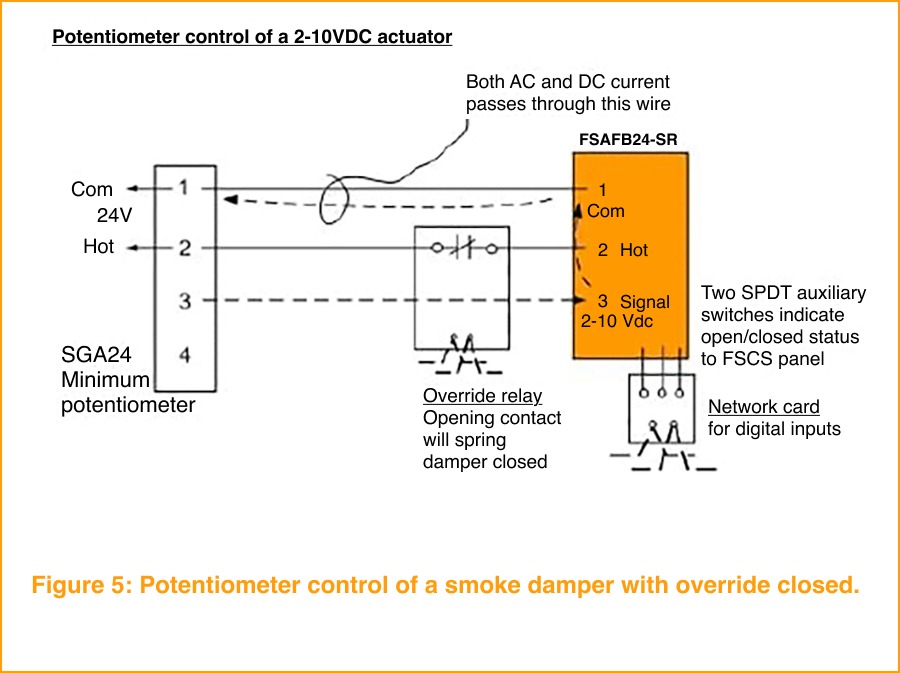
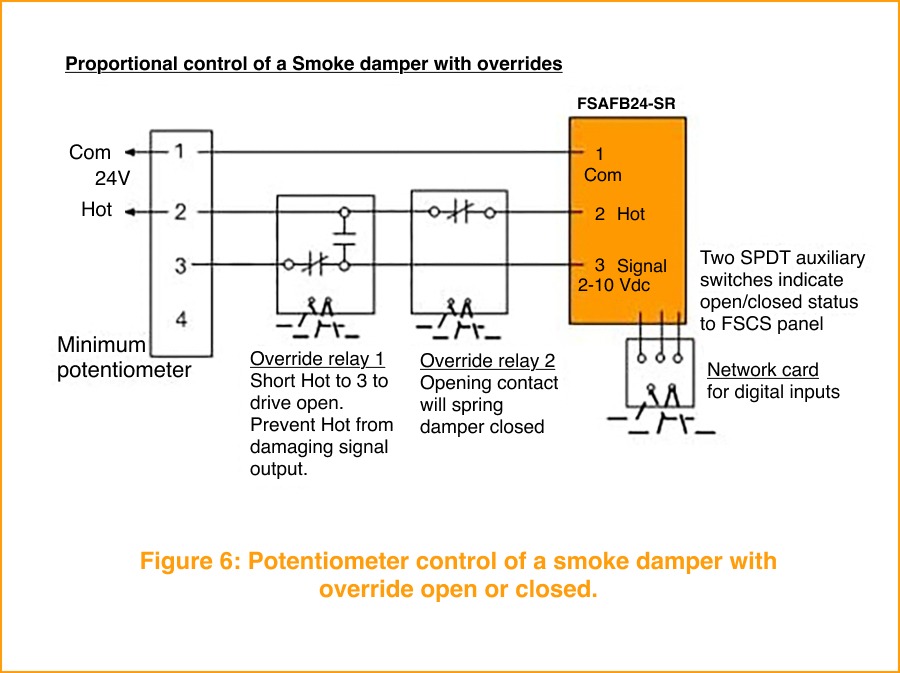
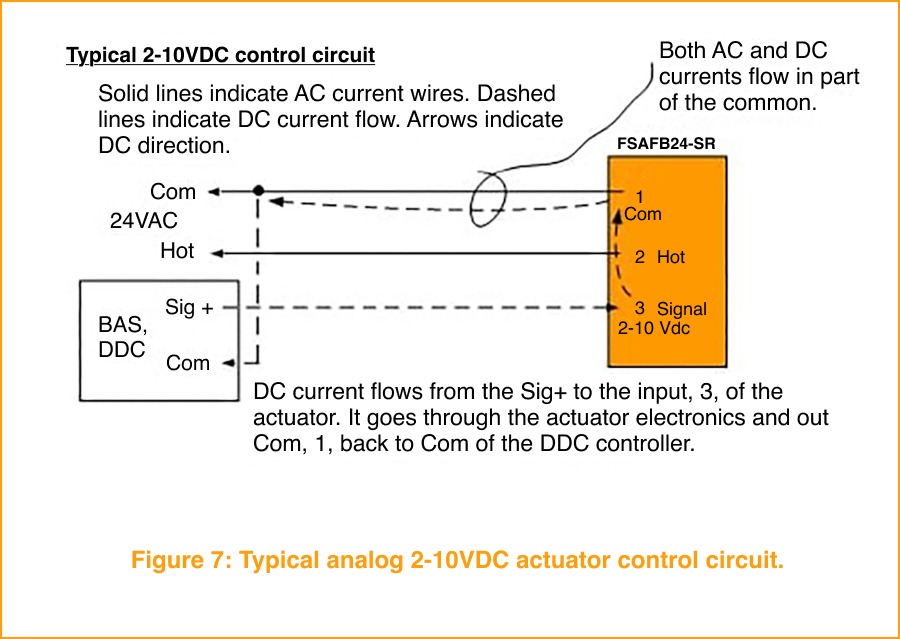
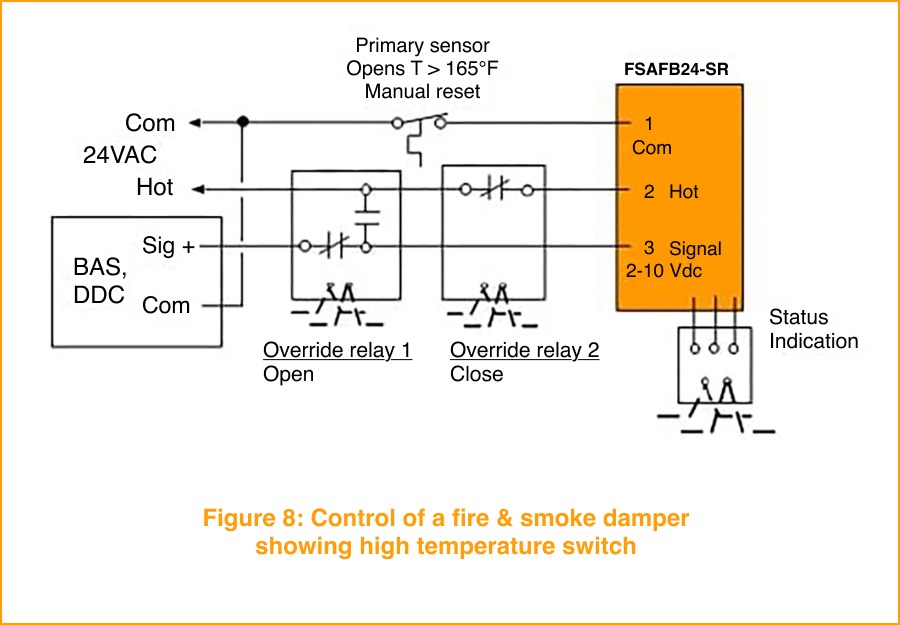
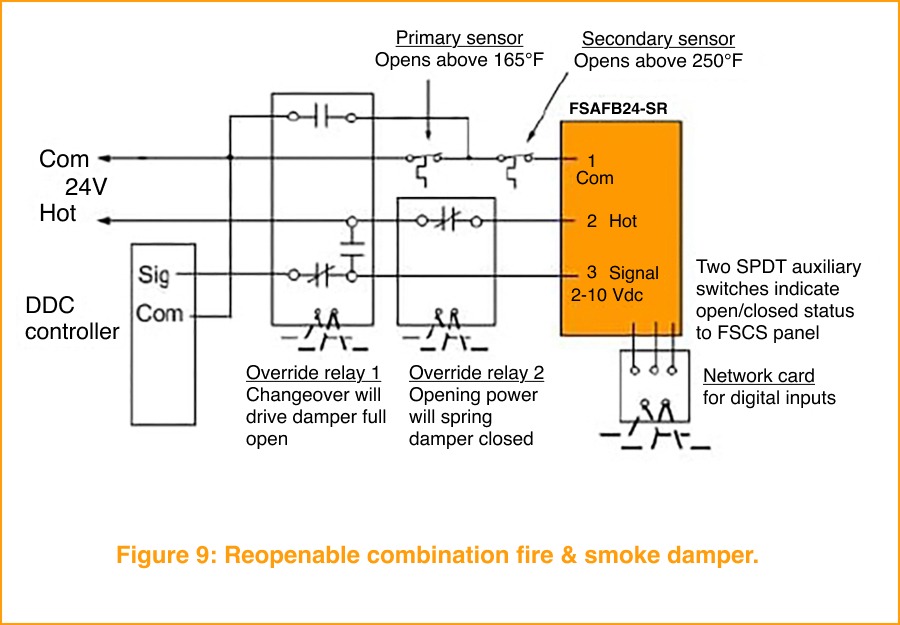
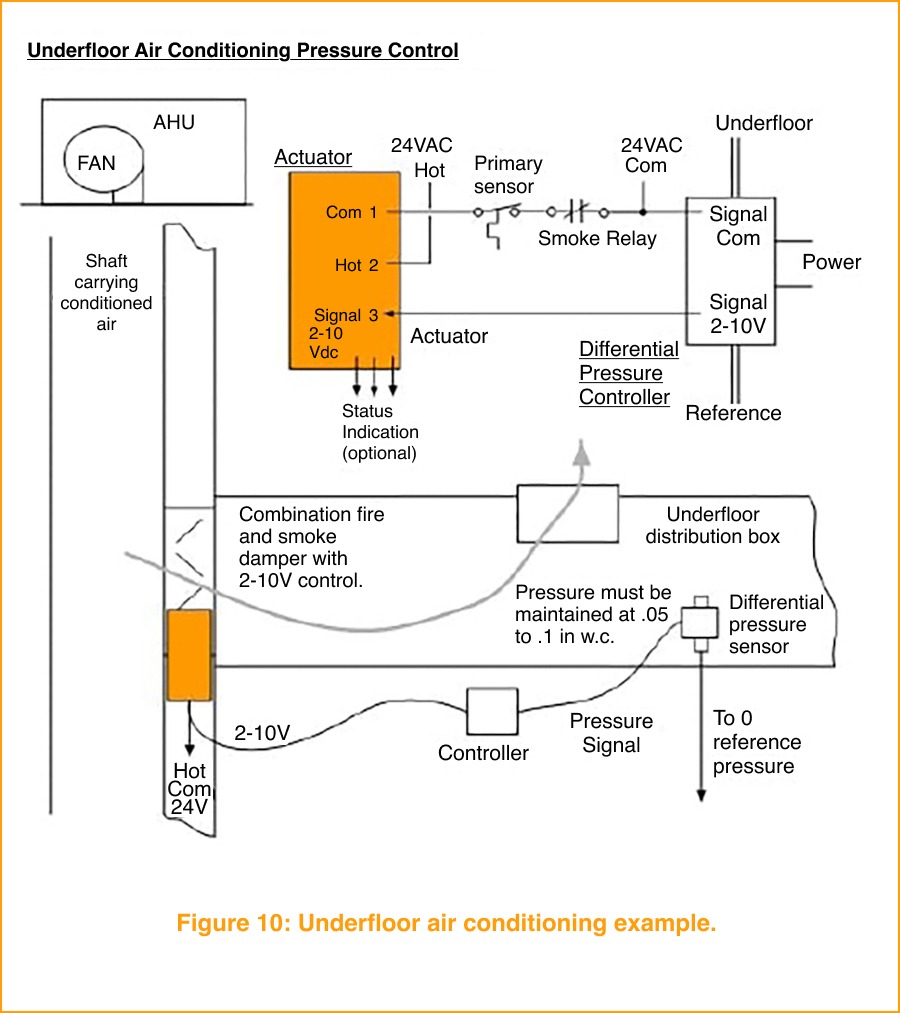


 Modern high-rise buildings feature staircases designed to protect you in case of a fire. Staircases have a higher fire rating than the rest of the building, which means the stairs aren’t as likely to catch fire. Additionally, stair pressurization systems utilize clean air from outside to push smoke (which naturally rises) back onto the floors. This helps to make sure the smoke doesn’t fill up the stairwell, meaning easy breathing on the way down.
Modern high-rise buildings feature staircases designed to protect you in case of a fire. Staircases have a higher fire rating than the rest of the building, which means the stairs aren’t as likely to catch fire. Additionally, stair pressurization systems utilize clean air from outside to push smoke (which naturally rises) back onto the floors. This helps to make sure the smoke doesn’t fill up the stairwell, meaning easy breathing on the way down. How Stairwell Pressurization Systems Work
How Stairwell Pressurization Systems Work
 Maintaining Optimal Performance Through Advanced Sensing and Control Solutions
Maintaining Optimal Performance Through Advanced Sensing and Control Solutions Excess heat and high relative humidity can compromise the performance and longevity of sensitive IT equipment. Studies from major data center operators, including
Excess heat and high relative humidity can compromise the performance and longevity of sensitive IT equipment. Studies from major data center operators, including  Consistent and balanced airflow is critical to maintaining thermal stability in data centers. Poor air velocity control can lead to hot spots, reduced cooling efficiency, and overworked HVAC systems—compromising both energy usage and equipment health.
Consistent and balanced airflow is critical to maintaining thermal stability in data centers. Poor air velocity control can lead to hot spots, reduced cooling efficiency, and overworked HVAC systems—compromising both energy usage and equipment health. In high-density data centers, even small fluctuations in airflow or static pressure can impact cooling efficiency, energy use, and equipment reliability. Monitoring differential pressure across air handling units, filters, and ductwork is essential for maintaining stable environmental conditions and ensuring clean, well-balanced airflow to server racks.
In high-density data centers, even small fluctuations in airflow or static pressure can impact cooling efficiency, energy use, and equipment reliability. Monitoring differential pressure across air handling units, filters, and ductwork is essential for maintaining stable environmental conditions and ensuring clean, well-balanced airflow to server racks. Data centers rely heavily on liquid-based cooling systems to manage the high thermal loads generated by dense server environments. Ensuring consistent coolant flow—and the ability to service components without shutdown—is vital to maintaining uptime and preventing thermal events.
Data centers rely heavily on liquid-based cooling systems to manage the high thermal loads generated by dense server environments. Ensuring consistent coolant flow—and the ability to service components without shutdown—is vital to maintaining uptime and preventing thermal events.